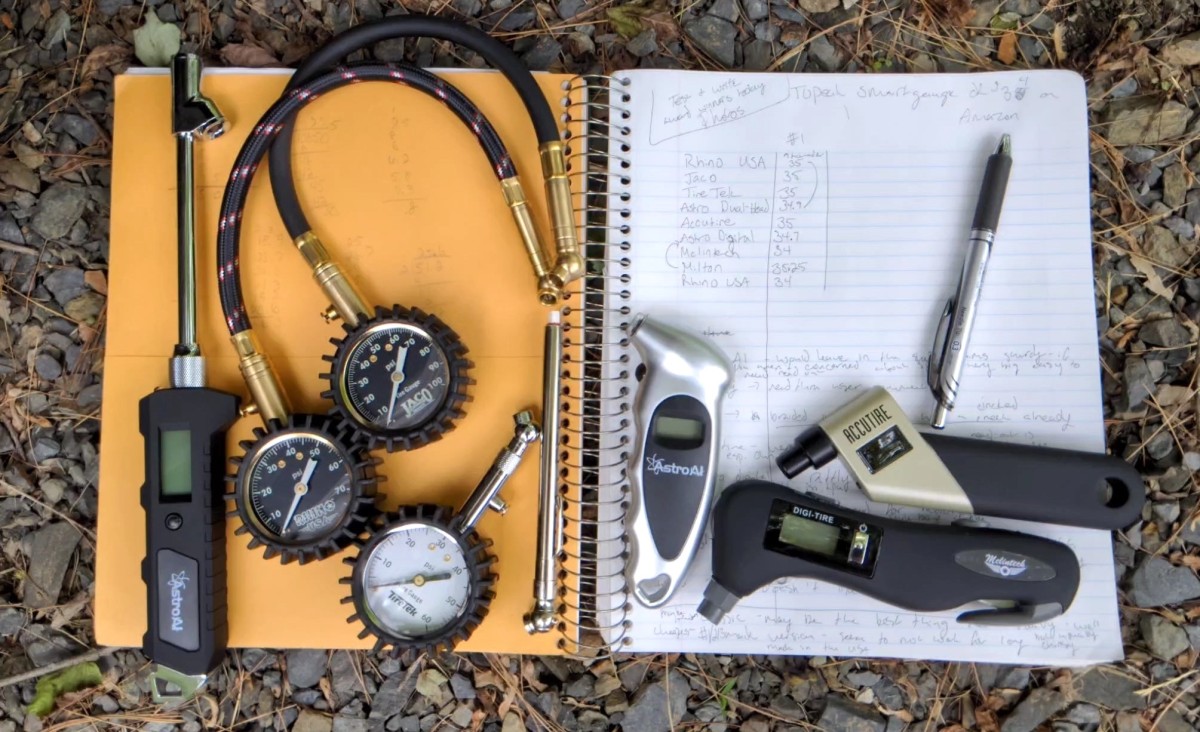The Cheese
Any gauge can be fairly accurate till they fall onto a hard surface. No matter you get the best advice is to treat it well.
Here is what I use. Almost 3 years old and seems to work well still. Glow in the dark. Bleed off valve. Holds reading till you release the air. 45° rotating tip. Real nice, real cheap. Reads the same as my other gauge, a CyclePump.
Here is what I use. Almost 3 years old and seems to work well still. Glow in the dark. Bleed off valve. Holds reading till you release the air. 45° rotating tip. Real nice, real cheap. Reads the same as my other gauge, a CyclePump.
Amazon.com: JACO ElitePro Tire Pressure Gauge - 100 PSI: Automotive
Buy JACO ElitePro Tire Pressure Gauge - 100 PSI: Tire Gauges - Amazon.com ✓ FREE DELIVERY possible on eligible purchases
www.amazon.com




